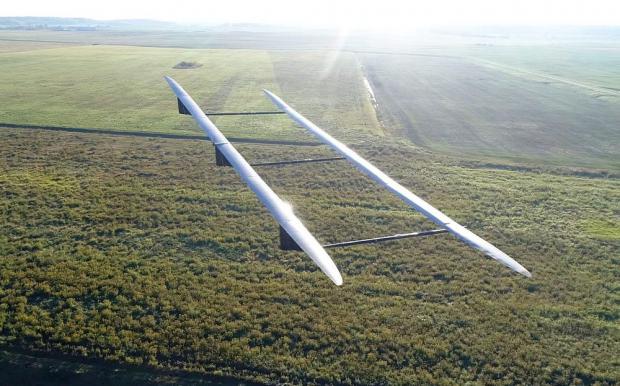
Breaking News
 Impeach Bondi? Trump Administration Fails to Release Epstein Documents
Impeach Bondi? Trump Administration Fails to Release Epstein Documents
 Is Yen Carry Trade's unwind about to trigger a repo market meltdown? Let's dive into the mec
Is Yen Carry Trade's unwind about to trigger a repo market meltdown? Let's dive into the mec
 Chairman Rand Paul Releases New Report Revealing Hundreds of Billions...
Chairman Rand Paul Releases New Report Revealing Hundreds of Billions...
Top Tech News
 This tiny dev board is packed with features for ambitious makers
This tiny dev board is packed with features for ambitious makers
 Scientists Discover Gel to Regrow Tooth Enamel
Scientists Discover Gel to Regrow Tooth Enamel
 Vitamin C and Dandelion Root Killing Cancer Cells -- as Former CDC Director Calls for COVID-19...
Vitamin C and Dandelion Root Killing Cancer Cells -- as Former CDC Director Calls for COVID-19...
 Galactic Brain: US firm plans space-based data centers, power grid to challenge China
Galactic Brain: US firm plans space-based data centers, power grid to challenge China
 A microbial cleanup for glyphosate just earned a patent. Here's why that matters
A microbial cleanup for glyphosate just earned a patent. Here's why that matters
 Japan Breaks Internet Speed Record with 5 Million Times Faster Data Transfer
Japan Breaks Internet Speed Record with 5 Million Times Faster Data Transfer
 Advanced Propulsion Resources Part 1 of 2
Advanced Propulsion Resources Part 1 of 2
 PulsarFusion a forward-thinking UK aerospace company, is pushing the boundaries of space travel...
PulsarFusion a forward-thinking UK aerospace company, is pushing the boundaries of space travel...
 Dinky little laser box throws big-screen entertainment from inches away
Dinky little laser box throws big-screen entertainment from inches away
 'World's first' sodium-ion flashlight shines bright even at -40 ºF
'World's first' sodium-ion flashlight shines bright even at -40 ºF
Autonomous high-altitude aircraft nails new flight tests

As the name suggests, these HAPS aircraft are designed to occupy the space between drones and satellites, soaring to altitudes as high as 20,000 m (65,600 ft). From that vantage point, they're able to monitor the environment in the atmosphere and back on the ground, beam internet or radio communications over long distances, or perform military surveillance operations. The Airbus Zephyr is one such project, and until recentlyFacebook had been trialling a program called Aquila that was designed to beam high-speed internet to the world.
UAVOS' aircraft, the ApusDuo, follows a similar design, with two long parallel wings connected and supported by three perpendicular struts. The wings are lined with solar panels for power, and can autonomously bend and flex to keep the craft airborne for long periods – up to a year at a time, according to UAVOS.



